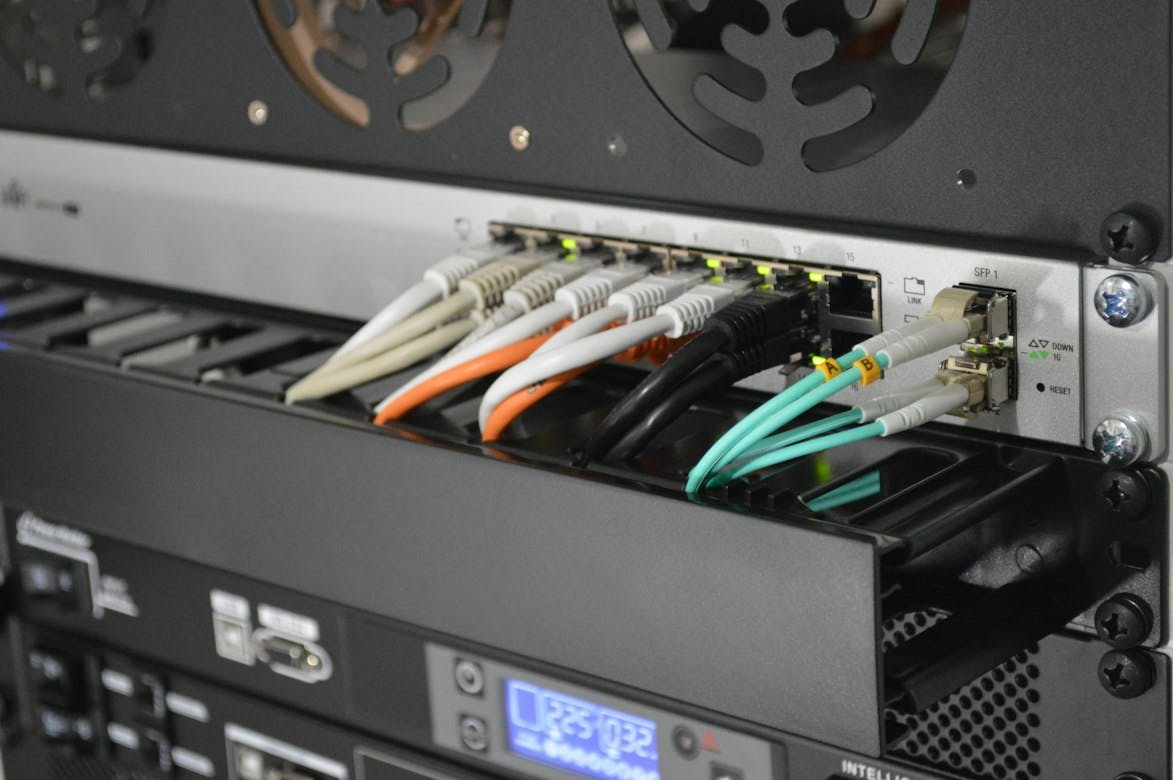
Networking Part 1
R
Part 1
Network Types
There are two main network types, local area network LAN, a private environment, and wide area network WAN, which are networks outside our local environment. You can also think of WAN as a bunch of disbursed LANs spread out over great distances connected together.
Network Components
Technically two or more computers connected together is a network. You should know and understand servers, clients and Resources. Servers are the core component of a network as they provide the resources to perform many tasks. Servers can also perform many roles, for example a web server, file server or DNS server.
Network Devices
We need to understand how information is passed over the physical medium. An access point, is any point that allows a device to connect to a network. Commonly, you may hear it referred to as a wireless access point. Switches provide a centralized connectivity, and switches come in two varieties: un-managed and managed. Routers connect multiple network types and determine the best path for data. Packets are routed across multiple networks using routing tables, and they make decisions on where to send the data based on IP addresses. We also have firewall devices and various other network controllers.
Network Communication
Regardless of which function your server or workstation will provide or be used, there is one constant in the network ecosystem and that is called a protocol. TCP/IP, the Transmission Control Protocol (TCP) and the Internet Protocol (IP). Alongside this protocol there is a standard that we use to keep information or data sent clear. This important communication framework is called the OSI model.
Checkout the following video for an intro to TCP/IP Mike Meyers